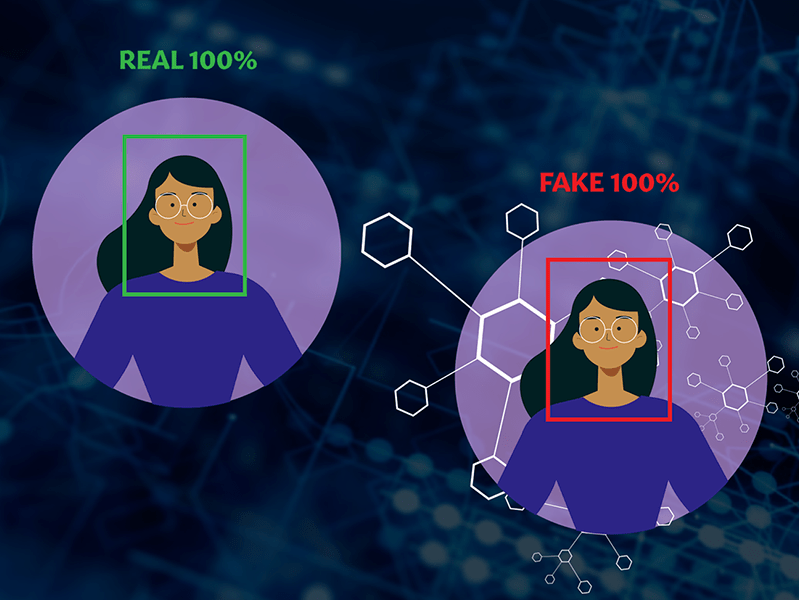Last Updated on 19th November 2021
This week, communications regulator Ofcom released their annual Children and Parents: Media use and Attitude’s report. The report includes key statistics on how children and young people use media and digital devices and how their parents and carers moderate their usage
This report is useful because it provides us not just a snapshot of how media use habits are changing among children and young people, but also how the risks are evolving.
In a rapidly changing world, we know that standing still can mean falling behind. So here are 5 key things we have learned from the report, alongside our most popular resources to help you protect the children in your care.



Join our Safeguarding Hub Newsletter Network
Members of our network receive weekly updates on the trends, risks and threats to children and young people online.








